Before or after Naoshima, “The Modern Art Island”, let’s step back in time and experience old Japan in Kurashiki !
Kurashiki is located in Okayama Prefecture, on the coast of the Seto Inland Sea. The town was an important river port. As a result, a number of elegant warehouse-style buildings were built to store rice, which was a valuable commodity during the Edo Period (1603-1868). Most of those typical warehouses have been preserved in the “Bikan District”. A walk along the quiet willow-lined canal will give a good image of traditional Japanese architecture. Often there are artists sitting by the canal making and selling trinkets.
Bikan District Canal
Getting to the Bikan District is not hard just follow the signs from JR Kurashiki Station. It takes about 10 minutes on foot from the JR Kurashiki Station to the “Bikan district”. For a true Japanese experience, the Tsurugata Ryokan will welcome you; located in the heart of the “Bikan District” this traditional ryokan will serve you traditional Kaiseki dinner and breakfast (from 18,900 yen per guest per night).
Magosaburo Ohara was a textile tycoon (1880 – 1943). Ohara financed trips to Europe for his friend, painter Kojima Torajiro, to study art. Torajiro brought back artwork of El Greco, Gauguin, Monet, Matisse, and others. These pieces composed the museum’s initial collection when it opened in 1930. Later on, the museum also added artwork from Japanese and Chinese artists to its collection.
Kurabo Museum
The Ivy Square was originally the first spinning mill in the region and the layout was based on mills in Manchester, England. Now the Ivy Square sometimes has live concerts or beer gardens.
Often called “The small Kyoto”, Kurashiki is a beautiful town, very quiet and with a fantastic atmosphere; so if you are looking for a traditional stay or a romantic visit, Kurashiki is a great place to go.


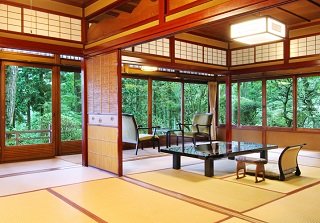
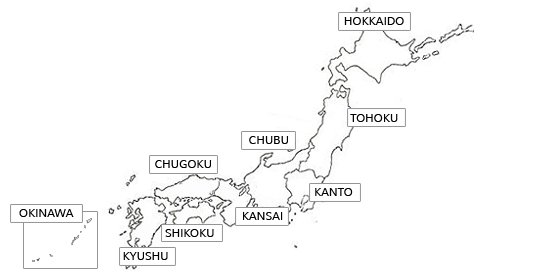
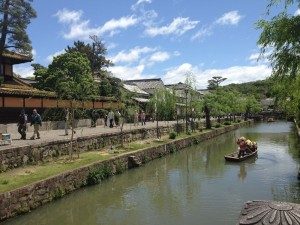
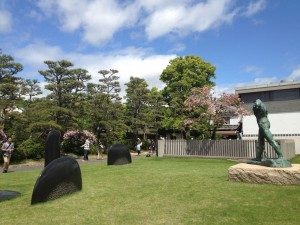
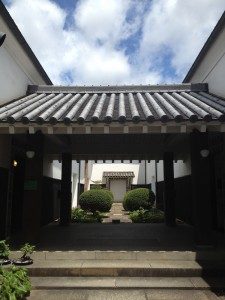
 Follow
Follow
Leave a Reply
You must be logged in to post a comment.